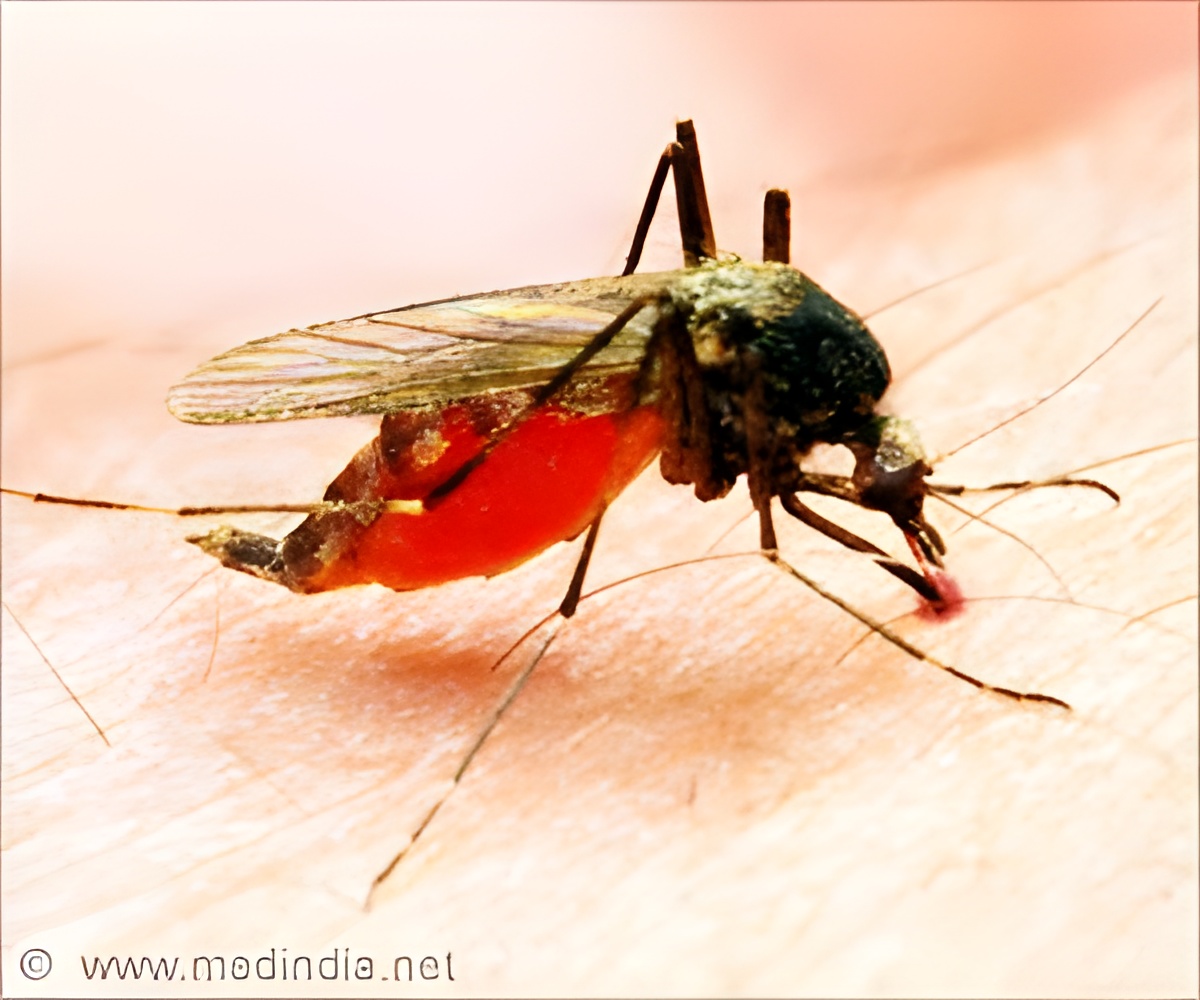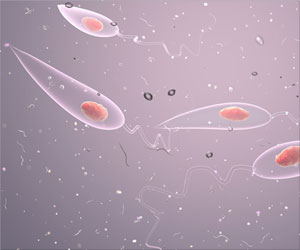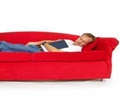At the University of Oxford, when researchers reduced the expression of a protein called ClpGM6 in T. brucei trypomastigotes, the cells switched to an epimastigote-like morphology.

ClpGM6 resides in the flagellar attachment zone and likely helps fasten the flagellum to the cell body. Loss of ClpGM6 shortened the flagellar attachment zone, which helps determine cell size and shape. The study suggests that dramatic morphological changes during the life cycle and during parasite evolution may result from adjustments in the levels of a few key proteins, rather than from wholesale changes in the parasite's protein or DNA content.
Source-Eurekalert
 MEDINDIA
MEDINDIA




 Email
Email






